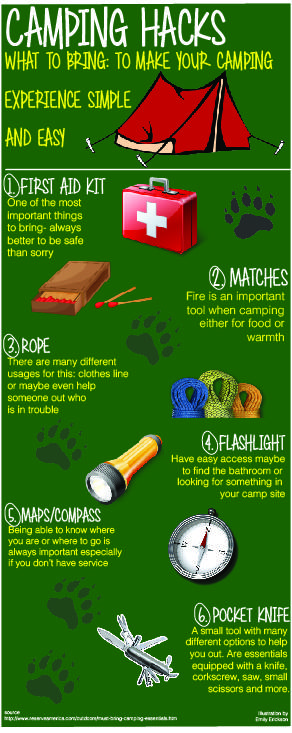Making A Career From Selling Camping Tents Online
Making A Career From Selling Camping Tents Online
Blog Article
Does Your Backpacking Camping Tent Required a Footprint?
If you camp regularly in locations with rocks or sharp downed branches or simply despise storing a wet, sloppy tent, after that an impact is most definitely worth thinking about. Footprints are additionally reasonably cost-effective compared to a brand-new tent.
Are campgrounds a good investment?
Many outdoor tents producers supply their own specific impacts, which are cut to the exact dimension of the camping tent flooring. However, you can make one yourself with a lightweight textile like polycryo or tyvek.
Weather
Whether or not you need a footprint actually depends upon the problems you'll be camping in. If you're backpacking in a location where the ground is typically damp (it's basically inescapable), a camping tent footprint can be a valuable enhancement to your kit, as it will certainly prevent your outdoor tents flooring from coming to be soggy.
Nonetheless, if the footprint is as well big it can work as a wetness catch and potentially enable water to swimming pool under your outdoor tents. This can be avoided by making certain the impact is reduced a little bit smaller sized than your outdoor tents on all sides.
Usually talking, it's best to get an impact from the exact same producer as your camping tent to guarantee an exact fit. They additionally have a tendency to be made from thicker, much more sturdy products than do it yourself choices. They can be expensive for something whose single purpose is to secure the ground below your tent, yet it can be a worthwhile investment if you respect the longevity of your gear.
Terrain
Lots of quality tents can function well without a footprint, specifically those that have bath tub floorings made of long lasting products. However, the terrain you hike on can have a significant impact on how quickly your camping tent flooring breaks. Granite pieces, sandstone and various other tough surfaces wear via the bottom of your tent faster than grassy meadows or woodland floorings.
A footprint or ground cloth aids expand the life of your camping tent by working as a barrier between the ground and the sewn-in groundsheet of your outdoor tents, says REI elderly sales professional Elizabeth Nguyen. It also shields the tent from abrasive elements like sharp twigs and rugged rocks that can puncture or tear the sewn-in floor. When selecting a footprint for your tent, it is essential to guarantee it's a little smaller sized than the camping tent on all sides. This protects against water from merging in between the camping tent and impact throughout a rainstorm, which can seep into your outdoor tents. The most effective alternative for an impact is to buy one created for your details camping tent, which will guarantee a snug fit.
Outdoors Tents posh tents with Reduced Deniers and Water-proof Scores
Whether you're a laid-back backpacker or a hardcore adventurer, the sturdiness level of your tent is an important factor to consider. Camping tents designed to be ultralight, approaching minimal, usually compromise some degree of resilience in the textile and products used.
One fabric spec you'll run into is denier, which describes the weight in grams of a 9,000-meter length of thread that composes the outdoor tents's cover, rainfly, and/or floor. A higher denier specification symbolizes more sturdy textiles, while reduced numbers indicate lighter and less long lasting materials.
Other specifications to check out consist of floor dimensions, vestibule dimension, and indoor pockets. The previous mirrors the total square-footage that can be made use of for livable space, while the latter can play a role in storage by offering a location to stash equipment overnight and in bad climate. Ventilation is likewise a vital element; as you exhale wetness throughout rest, it needs to escape, or condensation may accumulate inside. Functions such as mesh windows and panels and adjustable rainfly doors assist raise ventilation and stop this from taking place.
The Cost
The cost of an outdoor tents can affect its performance, and it is also vital to take into consideration just how much you can pay for to invest. Backpackers seeking a light-weight shelter must aim for a camping tent with a livability rating of a minimum of 2 celebrities, and preferably, 3 or more.
Livability refers to just how roomy a tent feels, with headroom and floor dimensions playing a large duty. Historically, backpacking camping tents utilized outstanding sloped walls and very little area to save weight, however modern products permit designers to give even more comfort while keeping weight low.
Storage is one more aspect to think about, with vestibules and a quick-pitching style helping reduce configuration time. In addition, the sort of fabric covering and just how the camping tent is stored can impact durability. For example, a PU finishing that breaks down more quickly when damp, or is subject to duplicated cycles of stowing and un-stowing, can significantly shorten the life-span of a tent. Similarly, making use of a customized impact as opposed to stuffing an outdoor tents in a careless way will also extend its life expectancy.
How many can sleep in a 4m bell tent?
